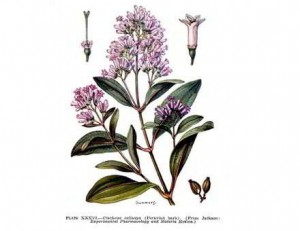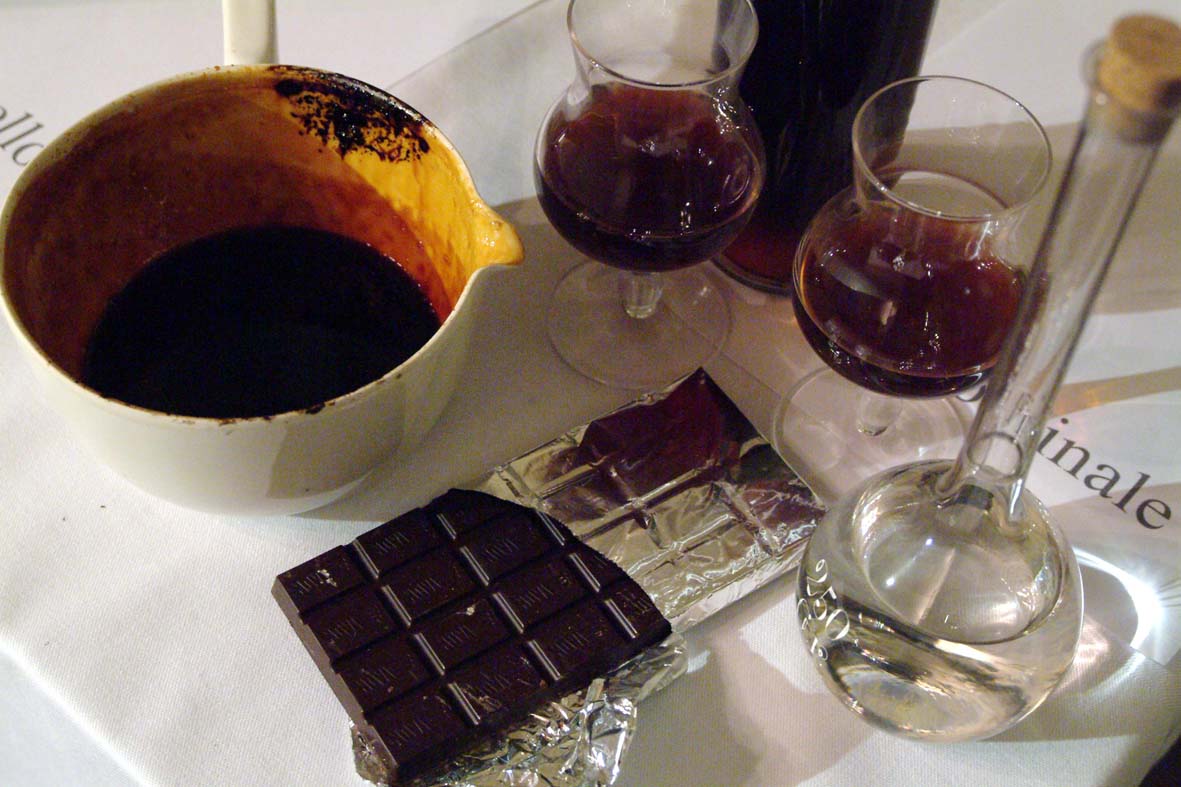Tasty reads
The Barolo Chinato

It’s a product born into the backshop of chemistries and spicy grocers between the end of ‘800 and the start of ‘900 probably taking back and ancient habit spread into Langhe hills of using spicy wine as a medicament against some light illnesses.
The idea of treating a noble wine as Barolo to a herboristic treatment is to ascribe to a chemist from Alba, Doc. Giuseppe Cappellano, who created a receipt , later brought to perfection by another chemist from Langhe, Doc. Mensio.
Inventor of a original receipt is Giulio Cocchi, who was the protagonist of the spread of Barolo Chinato, starting the production in the town of Asti in 1891.
In our case, the wine used is Barolo docg (guaranteed and checked nomination of origin) aged in Slavonia oak barrels and than flavoured with the add of extracts.
The extracts are previously prepared with triturating all spices which are put into alcoholic infusions with different title one from the other.
For example china and clove goes in 60° alcohol in the ratio of 1 kg of spices into 3 litres of 60° alcohol, while cinnamon and gentian goes in 80° alcohol in the same ratio but with 80° alcohol. All is kept into dark glass pots.
The infusion at room temperature goes on from 30 to 45 days with the daily mixing of the spices. After this period all is filtered and has to do the stabilization for some months. The more characteristic essence is surely the China Calissaja, wooden plant which gives the dark red bark (red china). It’s a spontaneous plant of central and southern America and it’s cultivated also in Borneo, Java and Camerun.
The bark therapeutic properties were known to south American Indians and were told to Europe into 1600 by the Cinchon Countess who was the bride of a Spanish governor of Peru. She recovered from fever thanks to the bark use and from here is the name given to the plant and the alkaloids extract drying the bark.
The other essences principally used are:
 quassia wood
quassia woodLast phase of the preparation is adding sugar at 20%, enriching with alcohol at 96° to bring the whole to the final grading of 16,5° and also adding the infusions, which are put in separately and which compose about the 2% of the total volume.
Than the mixed is done for 12 hours, and after this the decantation takes place into the settling tank (couve) for a week.
After poring off the wine into a second stainless steel tank, it has to do the decantation again for another 15 –20 days and than the last poring off is done into barriques containing 225 litres where the wine will remain for the refining from 6 months to one year.
After this period the wine is bottled and the bare bottles remain stocked for another 6 months before being manufactured and sold.
